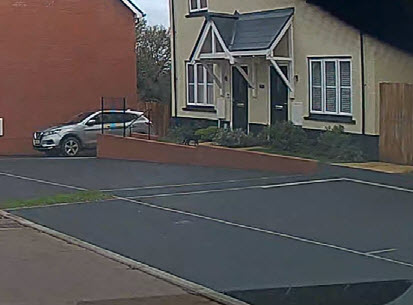Talk:Tag:barrier=retaining wall
Tunnel entrance
Hi, I've tried to map the retaining wall around a tunnel entrance as follows: The wall is mapped as a way with <barrier=retaining_wall> which crosses the node where the tunnel starts. To make sure that routers don't have any problem with this barrier, I've additionally tagged the node where the tunnel starts with <barrier=entrance>. Here's a link to an example where two tunnels start at one retaining wall: http://www.openstreetmap.org/way/240939986 . Does anybody have comments or recommendations on this usage of the tag? --Biff (talk) 07:18, 8 June 2016 (UTC)
- If the underground portions are correctly tagged as tunnel (so that when they render they appear with the little "scallop" at each end to represent the tunnel mouth) then the retaining wall or cliff or whatever other feature is mapped that the tunnel goes through shouldn't affect anything, including routing algorithms (to the best of my knowledge). --John Grubb (talk) 17:14, 9 February 2024 (UTC)
Variable Height Retaining Walls
Puzzling over how to accurately describe with tags retaining walls (or other types) where the wall appears triangular where it follows the slope but the top of the wall is horizontal relative to the horizon, such as for the access pathway along the front of a semi-detached house. For example, the wall could have height zero at the uphill end and height 0.5m at the downhill end. As far as I can see the only way is to specify the maximum height in the height= tag, which doesn't describe the real situation for 3D mapping. --John Grubb (talk) 17:21, 9 February 2024 (UTC)
- You can lookup
height:start=*+height:end=*Proposal:Suffix_start_and_end , but it likely needs to be measured relative to the lowest point. That's how 3D buildings are placed at the "base height". So if the wall is flat ie highest being 0.5m above lowest ground, you only need to useheight=0.5. No need to use that yet.
—— Kovposch (talk) 10:50, 10 February 2024 (UTC)
